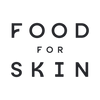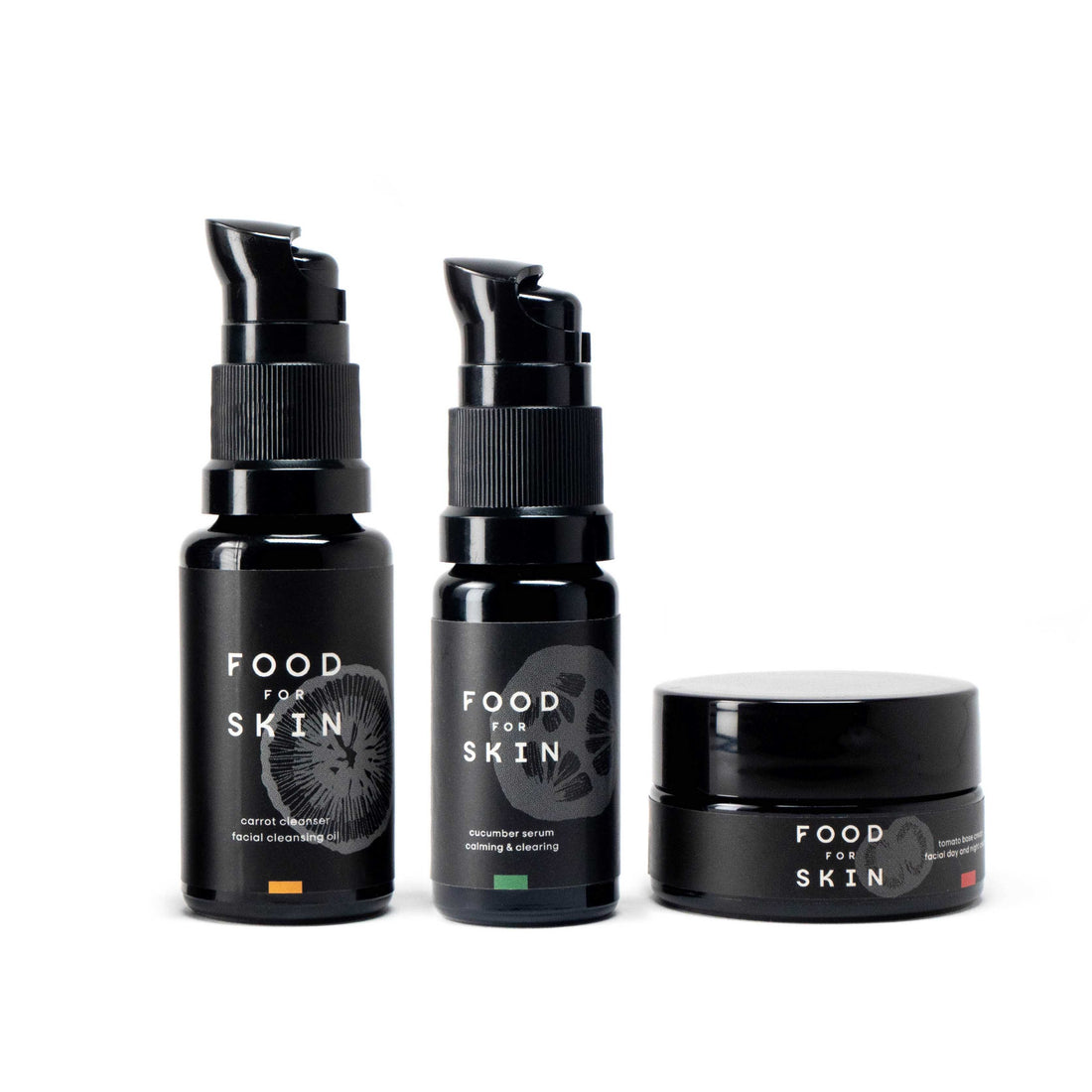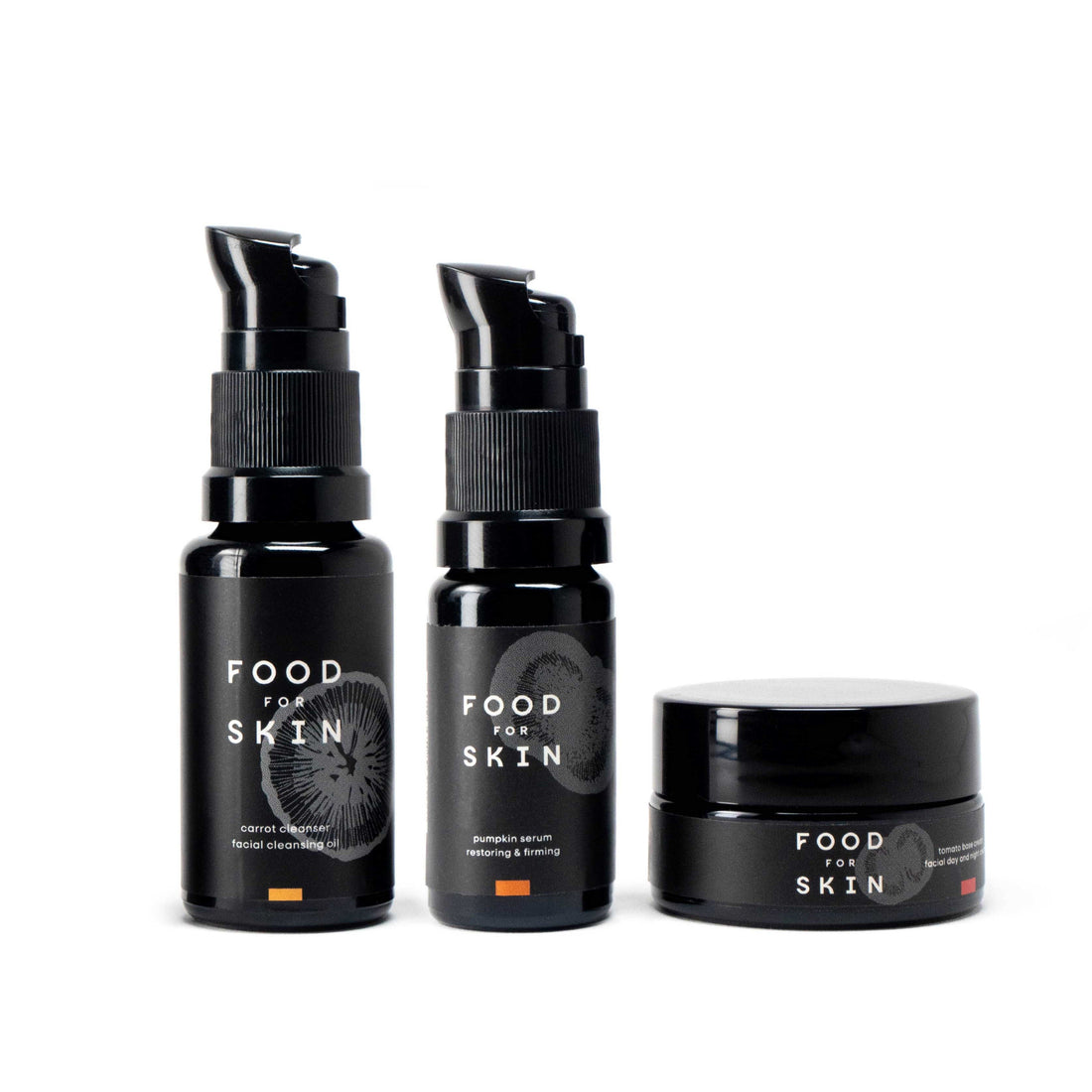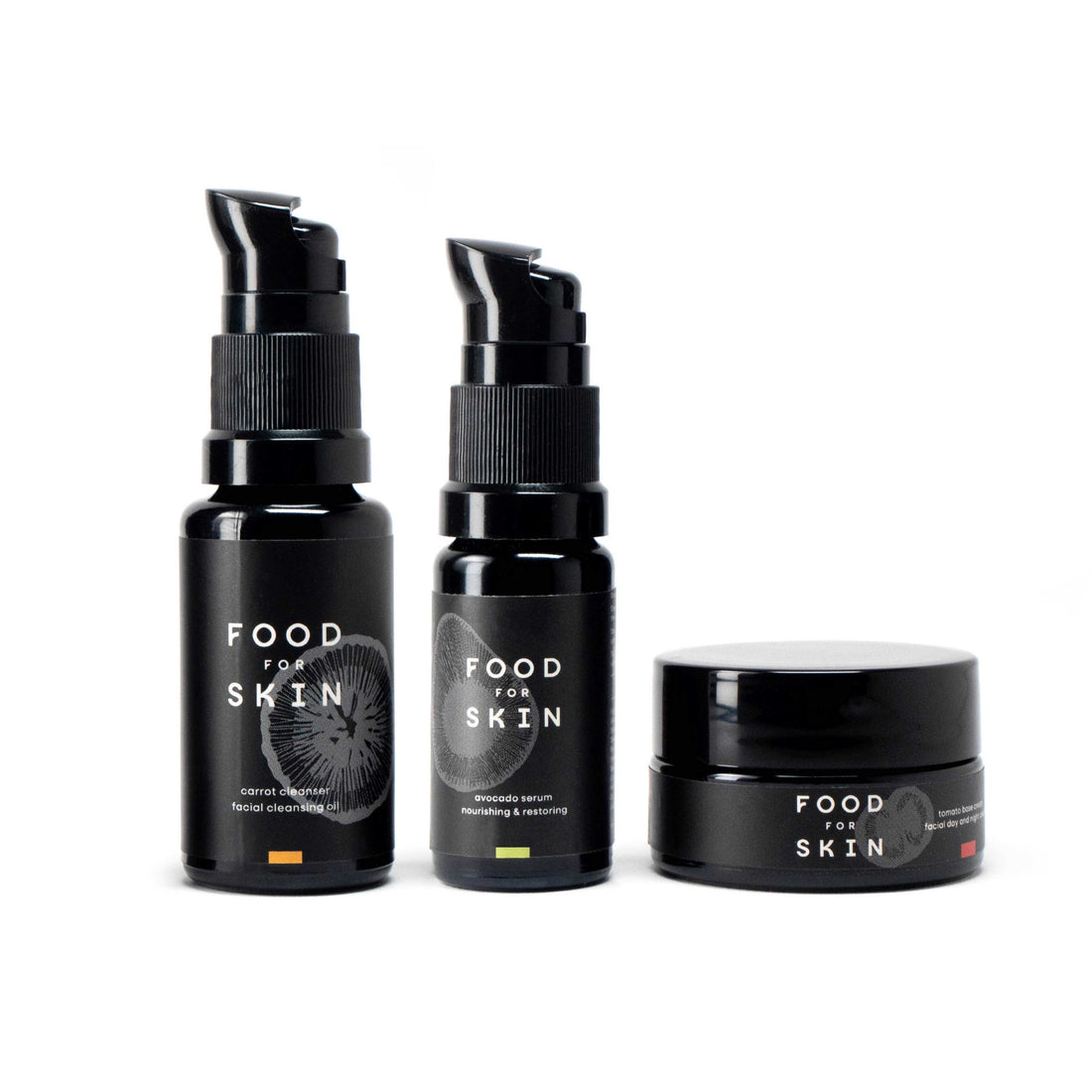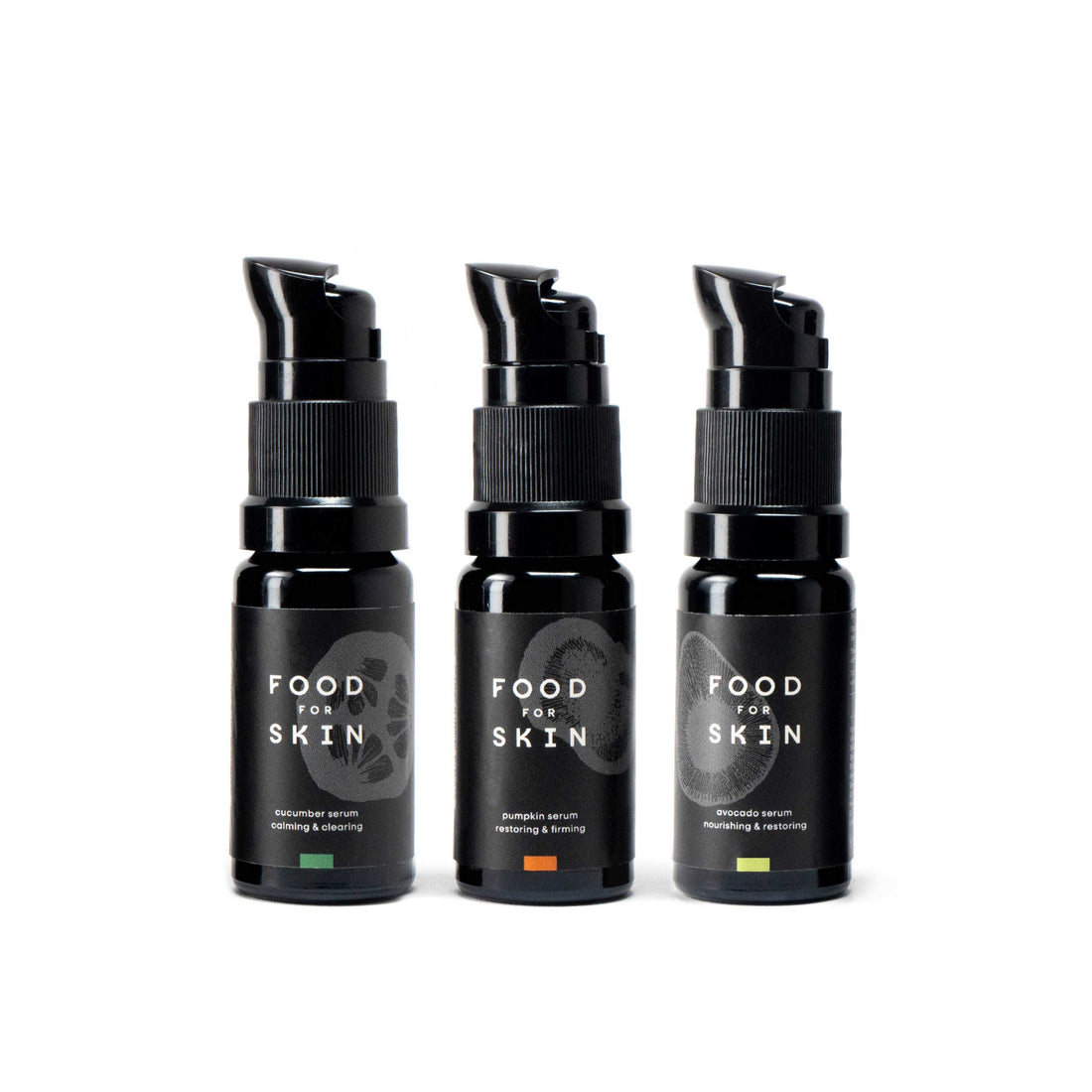Have you ever noticed brown spots or discolorations on your face? These can be caused by a variety of factors, including sun exposure, medications, hormonal changes, acne, inflammation, aging, over-exfoliation, and more. Let’s take a closer look at these spots and how to deal with them.
What is hyperpigmentation?
Hyperpigmentation is a condition in which certain areas of the skin become darker than the surrounding skin. This occurs because there is more pigment (melanin production) than normal. This is often in response to triggers such as sunlight, inflammation, hormonal changes or skin damage due to incorrect use of cosmetics, resulting in discoloured skin. But spots on the face can also occur with normal skin aging.
Hyperpigmentation causes
There are different types of hyperpigmentation with different causes.
Pigment spots due to sun
Long-term exposure to the sun can lead to a build-up of pigment, resulting in dark spots on the skin, especially on the forehead, cheeks and nose. Read 10 tips for safe sunbathing here .
Post-inflammatory hyperpigmentation (PIH)
This occurs after inflammation, such as acne or skin irritations, and often leaves dark spots on the areas where the inflammation has occurred.
Hyperpigmentation in dark skin
In people with darker skin tones, the spots are often more intense and can be more difficult to treat.
Hyperpigmentation during pregnancy
Especially during the 2nd and 3rd trimester, pigment spots can develop under the influence of hormones. This is also called a pregnancy mask, because it often concentrates on the forehead, upper lip and cheeks.
Hormonal pigment spots
For example, the use of a contraceptive pill can cause pigment spots. This is called melasma on the face. Melasma is a pigment spot caused by hormone changes. A pigment spot caused by the pill often remains visible after stopping the pill.
Pigment spots peeling
In the past decades, many intense peels for home use have been marketed with high % BHA and AHA or glycol. At first, it may seem that the skin improves, but with long-term use, it is possible that these peels actually cause more pigmentation. The skin is damaged deep down and not properly repaired. This can occur if, for example, the instructions (stay out of the sun) are not followed properly. Always follow the instructions of skin specialists or instructions for use.
A mild peeling can help make pigment spots less visible.
Try the Food for Skin Apple Peeling, a mild fruit acid peel.
Pigment spots as you get older
Age spots are caused by skin aging. The older you get, the more spots you get. Heredity also plays a role. Some people get age spots at a relatively younger age, because their development lies in the genes.
Pigment spots due to sun
Finally, sun exposure is a major factor. The more sunlight your skin has seen, the more and earlier in life age spots will appear.
There are 4 types of age spots:
1. Sun spots skin. Lentigo solaris (liver spots)
These age spots are the most common and the most well-known. They are known as “liver spots” or “sun spots”.
2. Verruca seborrhoica (age warts)
These age spots are usually wart-like or cauliflower-shaped and can sometimes grow to large sizes of up to several centimeters in diameter. However, some age spots are flattened and light or dark brown in color and therefore look very much like liver spots or even normal moles.
3. Senile angiomas (blood blisters, ruby spots)
These age spots are unlike liver spots and age warts not brown but red or purple in color. They are also known as blood blisters. The English terms are ruby spots or cherry spots named after the color. These spots are also completely harmless.
4. Idopathic guttate hypomelanosis (white age spots)
A difficult name but they are better known as "white age spots". In addition to dark age spots, you also have light or white age spots. We see white round spots of about 3-8 mm on mainly arms and legs and on other sun-exposed parts such as the décolleté. What is striking about these white round spots is that they never merge into larger spots.
Do pigment spots go away on their own?
Once you have these spots, it is very difficult to get rid of them completely, because the pigment disruption takes place deep in the skin. So it is better to prevent pigment spots.
Treating hyperpigmentation
Although it's difficult to completely get rid of hyperpigmentation on your face, here are some tips to reduce it.
Important: If you are unsure what the spots are, always consult a doctor. Unfortunately, it is possible that they are not harmless spots, but a form of skin cancer.
If you are sure it is not skin cancer, there are several ways to address and reduce hyperpigmentation.
1. Apply SPF: Protecting your skin from the sun is essential to prevent further pigmentation. On all sunny days, use a good, natural sunscreen with a minimum SPF30 that protects against both UVA and UVB, such as Food for Skin SPF30 .
2. Wear a hat: The sun will cause the hyperpigmentation to darken, so avoid direct sunlight on your face to prevent the spots from getting darker.
3. Topical treatments: Hyperpigmentation creams and hyperpigmentation serums that contain ingredients such as retinoids, vitamin C, glycolic acid or niacinamide can help fade pigment spots. All Food for Skin products contain vitamin C.
4. Medical treatments: for very severe cases, there are treatments such as chemical peels, laser therapy and microdermabrasion that can be recommended by dermatologists. Make sure you do this at a good institute because this treatment can also cause hyperpigmentation if it is not done properly and the aftercare is not followed properly (for example, staying out of the sun for 2 months after treatment).
What to do against pigment spots? Tips for daily care
1. Cleanse your face regularly with a mild cleanser (preferably without foam!) to remove impurities and keep your skin healthy. For example with the Carrot Cleanser .
2. Use super mild products that won't irritate your skin, especially if you have sensitivity or acne.
3. Use a mild SPF with UVA factor 30 and UVB protection on all sunny days and apply regularly when you are outside. For example, the SPF30 from Food for Skin .
4. Consult a dermatologist for tailored advice and a treatment that best suits your skin type and the severity of the pigmentation.
Use a mild exfoliator twice a week.
Conclusion what helps against hyperpigmentation
Hyperpigmentation can be a challenge, but with proper care, sun protection and appropriate treatments, it is possible to reduce the spots and allow the skin to heal.
Remember: it is important to be patient, as reducing pigmentation is a gradual process. And remember that a healthy lifestyle and good skin care are the foundation for strong and radiant skin, no matter your age.
Keep shining!

